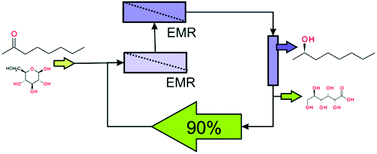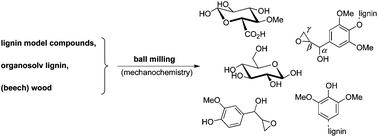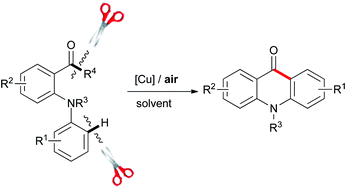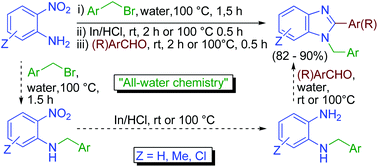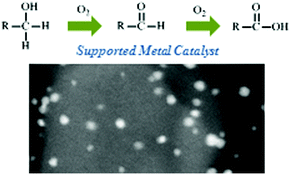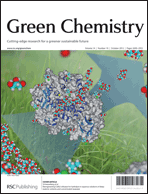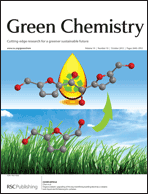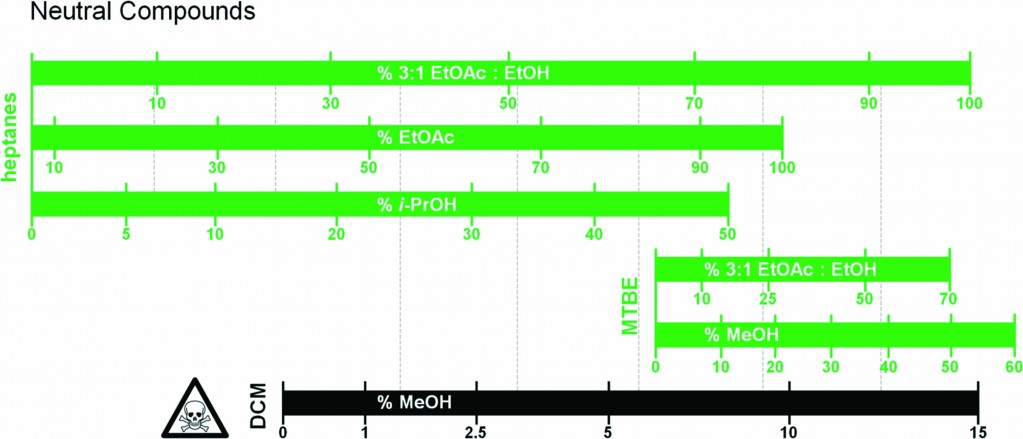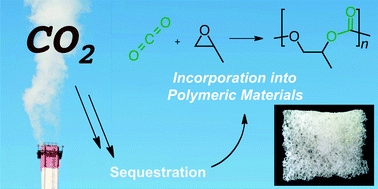US scientists have come up with a system to assess whether chemists’ latest synthetic product is an endocrine disruptor – a chemical that interferes with hormone regulation in animals and humans.
As industry seeks replacements for endocrine disrupting chemicals (EDCs), such as bisphenol A and some flame retardants, it often discovers that the replacements are no better, and sometimes worse, than what is being replaced. This is because the replacements have been designed using the same flawed tools as their parent chemicals and because of the lack of adequate EDC testing, say the scientists. Now, a team led by Pete Myers, chief executive and chief scientist at Environmental Health Sciences, Virginia, has come up with a way to address this using a system they call TiPED (tiered protocol for endocrine disruption).
Read the full article in Chemistry World!
Tweet: RT @ChemistryWorld Stopping endocrine disruptors in their tracks http://rsc.li/TUxb2q
Link to journal article
Designing endocrine disruption out of the next generation of chemicals
T. T. Schug, R. Abagyan, B. Blumberg, T. J. Collins, D. Crews, P. L. DeFur, S. M. Dickerson, T. M. Edwards, A. C. Gore, L. J. Guillette, T. Hayes, J. J. Heindel, A. Moores, H. B. Patisaul, T. L. Tal, K. A. Thayer, L. N. Vandenberg, J. C. Warner, C. S. Watson, F. S. vom Saal, R. T. Zoeller, K. P. O’Brien and J. P. Myers
Green Chem., 2013, Advance Article
DOI: 10.1039/C2GC35055F












